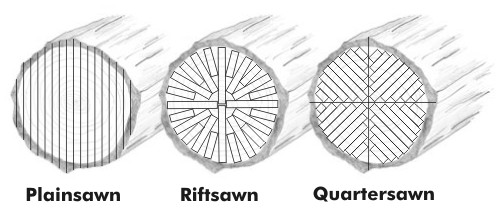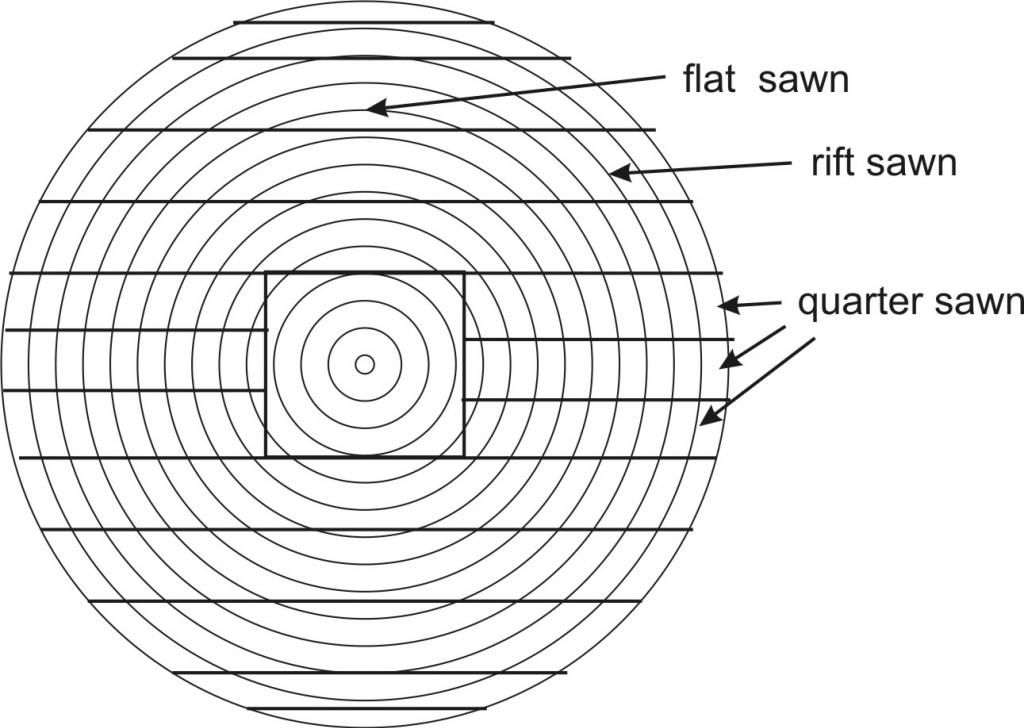We are building our house this year and I'm trying to bring the stair case in my mind to fruition.
What I want to build is a steel staircase with black walnut treads. Basically it will be a 6" square tube "backbone" with 4" square tube risers. On top of the riser tubing I want to use 3/8" plate to which the walnut will be lagged on top of.
Here's my question. I want the treads to be roughly 3" thick. I'm concerned even after I have them kiln dried they will split out. Is this somethinng I should be conncerned with? It has taken me almost a year to find a gentleman in our area that has the timber and the mill to slab these for me. My other option is to laminate 3/4" together then finish. This is new territory for me and I appreciate your help.
I have been into metal fab for awhile and that's where this idea came from. Blending the two.
What I want to build is a steel staircase with black walnut treads. Basically it will be a 6" square tube "backbone" with 4" square tube risers. On top of the riser tubing I want to use 3/8" plate to which the walnut will be lagged on top of.
Here's my question. I want the treads to be roughly 3" thick. I'm concerned even after I have them kiln dried they will split out. Is this somethinng I should be conncerned with? It has taken me almost a year to find a gentleman in our area that has the timber and the mill to slab these for me. My other option is to laminate 3/4" together then finish. This is new territory for me and I appreciate your help.
I have been into metal fab for awhile and that's where this idea came from. Blending the two.







